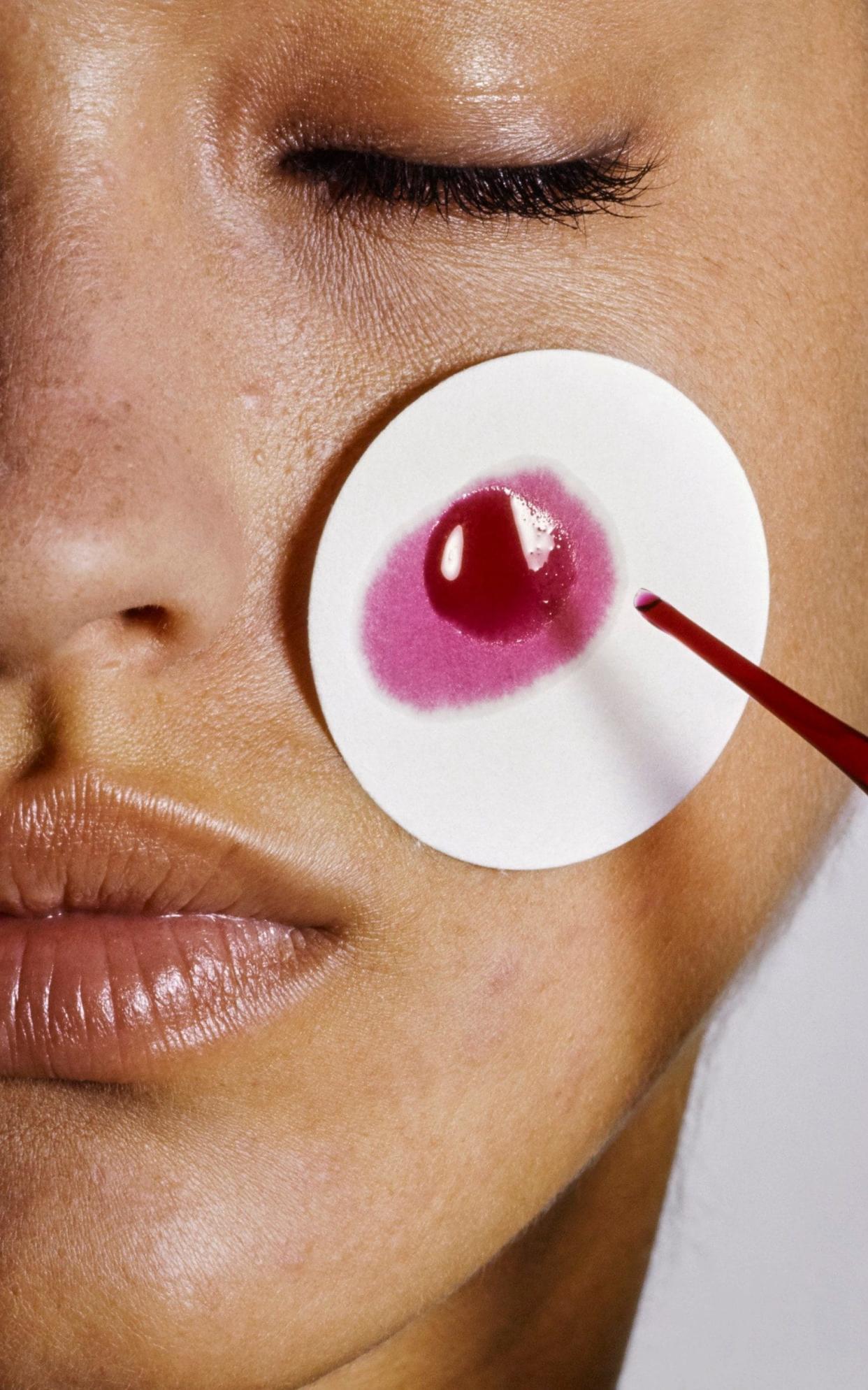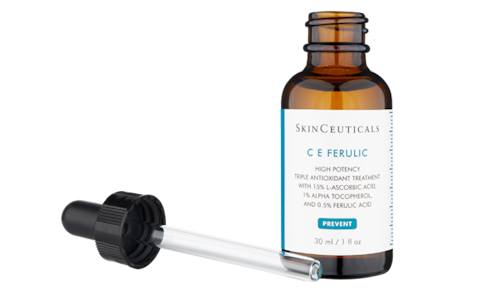The fuss-free 4 step plan to tackling adult acne

At 30, I expected to be dealing with fine lines. Instead my old teenage acne has reared its head. And I’m not alone. “I’d go as far as to say that it’s the number one skin concern for women, even into their 30s and beyond,” says cosmetic dermatologist Dr Sam Bunting. There’s career acne brought on by stress and lack of sleep, pregnancy acne, post-pregnancy acne, menopause acne... “as many as 40 per cent of women over 25 suffer from acne at some point”.
First suffering from acne at 13, I tried expensive skincare, then the prescription kind, cut dairy from my diet and added probiotics, took contraceptive pills to regulate and rebalance my hormones and then two courses of last-resort Roaccutane, which dries skin to the point of bleeding and requires monthly blood tests, but did work for me. For a while. Breaking out again in my early 20s, I turned to a course of painful laser sessions on Harley Street at £300 a pop.
About eight months ago, I chose to stop taking my particularly powerful pill (linked to blood clots and, according to one nurse I saw, breast cancer) – and here we go again.
“Since starting my cosmetic consultancy business in February this year, breakouts are a top concern for many of my female clients, aged 30 plus,” says Olivia Falcon, the beauty expert and founder of editorslist.co.uk, which offers everything from editing your morning beauty routine to recommending the best dermatologists and specialist plastic surgeons for your needs.
Back to basics cleansing
“Women get spots beyond their teens for a number of reasons but stress due to busy urban lifestyles and hormonal imbalances are major drivers," says Falcon. "I always advise they look at their cleansing regime; it’s a common misconception that using drying spot creams will help cure spots – they actually usually make the problem worse, as drying out the skin causes oil glands to produce more sebum.”
Falcon recommends starting with Dr Bunting’s own Flawless cleanser (£16, drsambunting.com) as it’s PH balanced. “Avoid physical scrubs and cleansing brushes,” says Dr Bunting. “These just aggravate acne and promote sensitivity. I’d also recommend avoiding essential oils and oils.”
The moisturisers to invest in
Instead, she recommends a non-comedogenic (non-pore-blocking) moisturiser and daily SPF (step two). “Tanning makes skin more prone to a flare by thickening skin and promoting clogged pores, and the application and reapplication of sunscreen, which is often inherently clogging, can often block pores and promote breakouts.”
Which is why it’s worth investing in a good one: I use iS Clinical’s Eclipse SPF 50+ (£32, victoriahealth.com) and Zelens Daily Defence SPF 30 (£55, zelens.com) on my face and chest – they’re not cheap, so pair with something less expensive for the rest of your body. That said, La Roche-Posay’s Anthelios SPF 50 is non-comedogenic and reasonably priced (£13.99, facethefuture.co.uk).
“Less is more,” says consultant dermatologist Dr Justine Kluk. “I am often surprised how many different products people are using in the morning, and how many of these are inappropriate for their skin type – the result is skin that’s overloaded and confused.”
As well as simplifying your routine, Dr Kluk prescribes patience, having noticed “how frequently people change their products, rather than giving them time to work”.

A hands-off approach
It should go without saying that picking and squeezing are big no-nos. Scratch the itch with an extraction facial in the hands of a professional who won’t make things worse.
“It’s difficult to perform thorough extraction gently,” says Eilidh Smith, founder and CEO of Skinwork (skinworkofficial.com), whose facials clear congestion using antibacterial and antioxidant solutions and electrical currents. Hers was the first facial that didn’t bring me out in spots afterwards.
If you’re hooked on the “squeaky clean” feeling that scrubs give, Dr Kluk recommends a chemical exfoliator. “Salicylic acid – or beta hydroxy acid (BHA) – is great for this as it breaks down the ‘bonds’ holding dead skin cells together on the surface of the skin, the result of which is smoother and less congested skin, less prone to breakouts.”
I’ve been using Biologique Recherche’s Lotion P50W, which mixes BHA with AHA and PHA exfoliants, for the last six months. First launched in 1970, it’s still something of a beauty editor secret – partly as it’s around £60 and difficult to find in the UK (though they have a counter in Liberty London). It’s powerful – add just a few drops to a wet cotton pad in the beginning, as your skin will need time to acclimatise – mine still goes bright red after use sometimes. Otherwise, try Glossier’s Solution (£19, glossier.com) or Pixi’s Glow Tonic (£18, cultbeauty.co.uk).
To serum or not to serum?
After toner and before moisturiser comes serum, which only needs to be patted into your skin for a minute, and makes a big difference. Skinceuticals C E Ferulic (skinceuticals.com) has completely changed the texture of my skin over the last year – as it should for £135 (I know). Victoria Health’s Garden of Wisdom serums starts from just £9.
At night, swap your serum for vitamin A-based retinols (try La Roche-Posay and Medik8) that boost collagen production. They’re good for acne scarring and wrinkles – which is lucky, since the two aren’t mutually exclusive.
The great unblemished can take “good skin” for granted – for the rest of us, it’s a daily effort. Come up with a plan and don’t mess around with it too much: one good thing about getting spots as an adult is being patient enough to actually sort them out.

